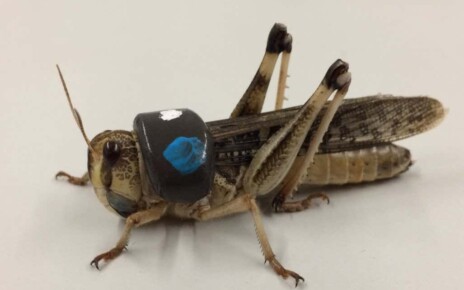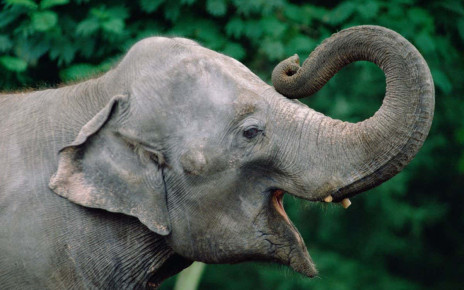[ad_1]

A black-and-yellow walking toad (Melanophryniscus stelzneri) displaying bright colours on its underside
Nicola Rossi
The mystery of how animals evolve vivid colours to warn predators they are poisonous or taste nasty appears to have been solved, for amphibians at least.
Some animals have conspicuous colours and patterns to warn predators that they taste horrible or are poisonous. This approach protects most of them because inexperienced predators learn the hard way what those warning colours mean and stop attacking them.
But evolution occurs when a mutation spreads throughout a population. It is hard to see why mutations making animals brightly coloured would be beneficial and spread, because the first few animals with that trait would be much more likely to be caught by predators.
“You have this paradoxical catch-22 where, in order for predators to know that the bright colouration is associated with a chemical defence, they have to sample an individual, but sampling that individual kills that individual, so it prevents the spread of that adaptation,” says Karl Loeffler-Henry at Carleton University in Ottawa, Canada.
Animals with hard shells, such as beetles, have a good chance of surviving attacks if predators spit them out in disgust, which might explain how warning colours can evolve in insects. But this doesn’t apply to soft-bodied amphibians.
However, there are amphibians, such as fire-bellied toads, that have vivid colours only on body parts that are normally hidden. Such animals remain camouflaged at most times, but they may display their vivid colours when they are threatened or when fleeing a predator.
Loeffler-Henry and his colleagues wondered if this could explain the paradox. Animals with usually hidden colours could spread in a population because they wouldn’t be so vulnerable to predators. As the trait spreads, predators would learn its meaning, paving the way for the evolution of animals with brilliant colours on conspicuous body parts.
To test this idea, the researchers analysed the family trees of 1100 species of frog, newt and salamander. By comparing living animals, they worked out whether their immediate ancestors had conspicuous colours, usually hidden colours or no obvious colours at all. They found that amphibians with conspicuous colours almost always evolve from ones whose colours are usually hidden.
“For amphibians, this seems to be the primary route,” says Loeffler-Henry. “It does resolve the paradox for amphibians, I would say.”

A rough-skinned newt (Taricha granulosa) reveals its conspicuous belly when threatened, as a defensive posture
Gary Nafis ([email protected])
“This study presents strong evidence,” says David Kikuchi at Oregon State University. “It will really change the range of processes we think about when we consider warning signal evolution.”
The finding that usually hidden signals often evolve into conspicuous ones, but seldom vice versa is most persuasive, says Kikuchi. But studies of how predators respond to usually hidden signals are needed to confirm these ideas, he says.
Loeffler-Henry also hopes more studies like his will be done in groups such as fish, snakes and insects to find out whether this evolutionary process is common beyond amphibians.
Topics:
[ad_2]
Source link




